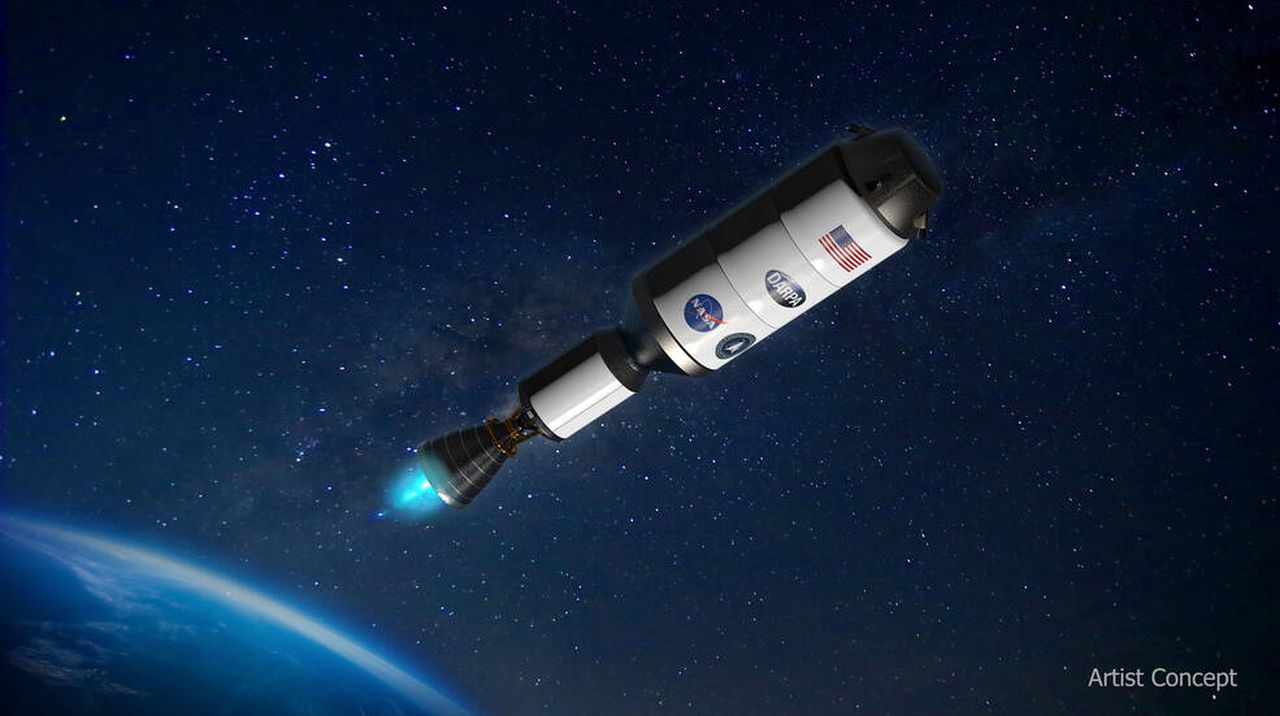This new nuclear engine will get astronauts to Mars, NASA says
NASA said today its partnership with the Defense Advanced Research Projects Agency (DARPA) will yield a nuclear-powered rocket as soon as 2027 with the goal of “a shorter, faster trip” to Mars.
Nuclear fission rockets like the one being developed work by splitting atoms and releasing that energy, the same basic process power plants use.
The goal is faster rockets that use less fuel leaving more room for scientific equipment. Radium will be this rocket engine’s deep space fuel, said Dr. Tabitha Dodson.
Dodson leads the program called the Demonstration Rocket for Agile Cislunar Operations (DRACO) program. “There are no facilities to test this rocket on the ground,” she said.
Lockheed Martin based in Littleton, Colo., will lead development, construction and testing of the engine and BWX Technologies based in Lynchburg, Va., will design and build the nuclear fission reactor that will power that engine.
Marshall Space Flight Center in Huntsville is also one of the NASA centers contributing to the new effort, a spokesman said today. “We have a lead role with it,” NASA aerospace engineer Jason Turpin told AL.com in a March story about rocket engines of the future. “We are NASA’s space nuclear propulsion lead.”
“If we’re going to expand or live more permanently on the moon, we’re going to need three things,” Dodson said Wednesday. “A communications infrastructure, a power infrastructure and a transport infrastructure. If we’re looking for a lunar economy it comes down to the masses I have to leave Earth with.”
Nuclear powered engines are “much more efficient, two or three times” that traditionally fueled engines, she said.
Lockheed Martin lunar exploration Vice President Kirk Shireman said major changes in propulsion have occurred and this engine “will usher in a new age for the U.S. and its allies.”
